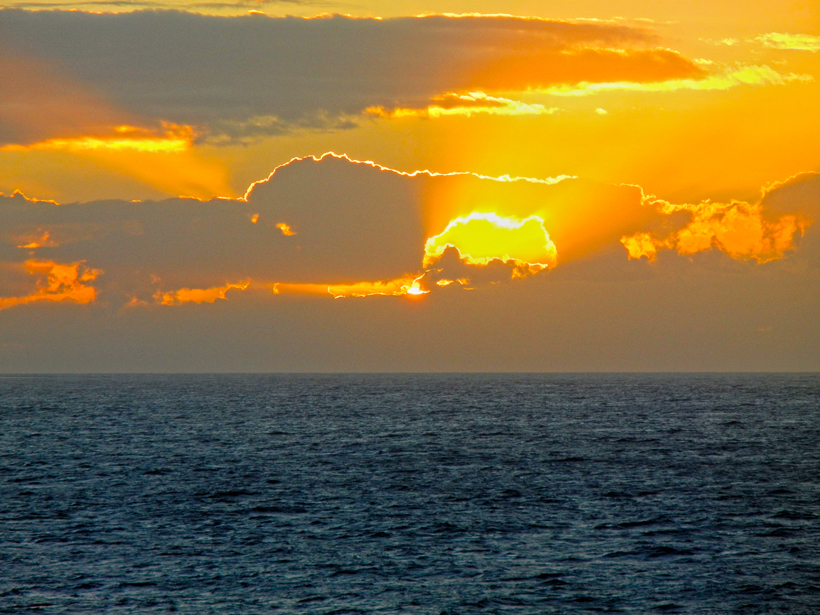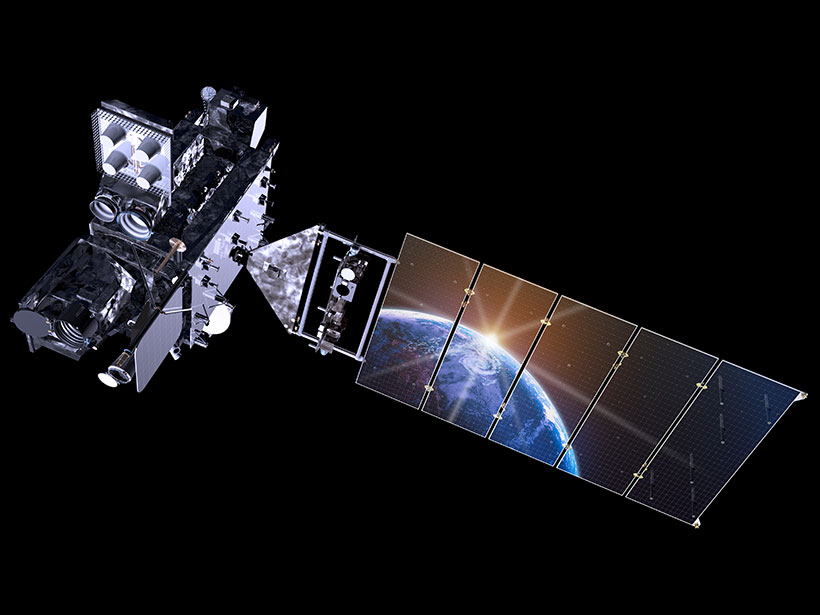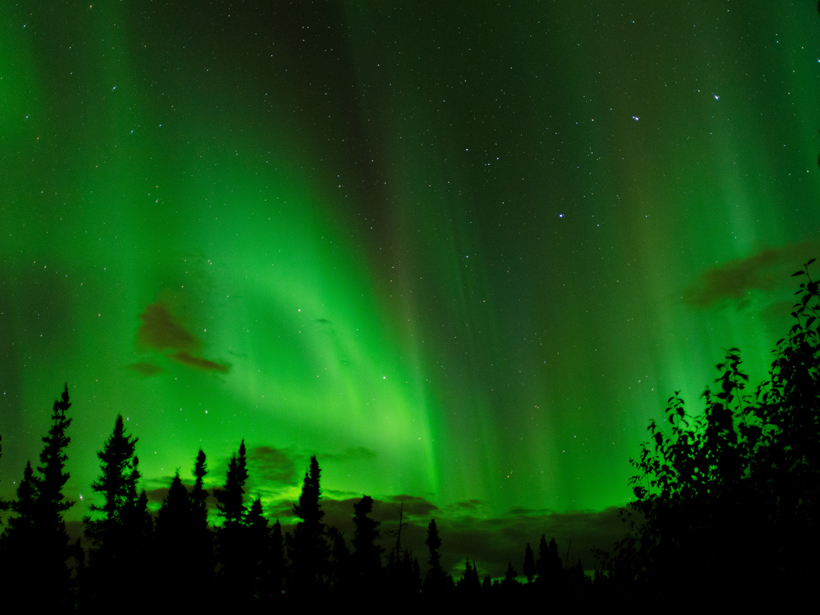The EarthQuiz challenge can take you to virtual field locations with just the click of a button. Where in the world is this, and can you guess the significance of the geological features shown?
cool tools
Dispelling Clouds of Uncertainty
How do you build a climate model that accounts for cloud physics and the transitions between cloud regimes? Use MAGIC.
Gazing Toward the Universe's Edge: Hubble's Deep Field Legacy
Hubble's sensitive cameras give scientists a chance to witness the birth of galaxies.
The Art and Science of Hubble's Images
How do Hubble images get their vivid colors and subtle shading?
Hubble Turns 25
Breathtaking images, groundbreaking science, and a demonstration of humankind's ability to work in space have made Hubble a cultural icon for a quarter of a century.
Do All These Weather Satellites Really Improve Forecasts?
A team of researchers put an array of space- and ground-based weather instruments to the test and found that the common weather balloon is irreplaceable for forecasting rainfall.
Particle Accelerator in Space Could Help Scientists Study Auroras
Researchers could launch an electron beam device into space to study the Earth's magnetic field and trigger artificial auroras and lightning.
Fire in the Hole: Recreating Volcanic Eruptions with Cannon Blasts
Artificial volcanic plumes, fired from cannons loaded with ash plucked from the slopes of Iceland, may help researchers better monitor disruptive eruptions.
What Instruments Are Available for Polar Studies?
Instrumentation for Polar Glaciology and Geophysics Research Workshop; Baltimore, Maryland, 9–10 October 2014
Radio Blackout! Ham Radio as an Operational and Scientific Instrument
Monitoring solar activity that disrupts communications can be helped by crowdsourced and automated reports from amateur radio operators.










